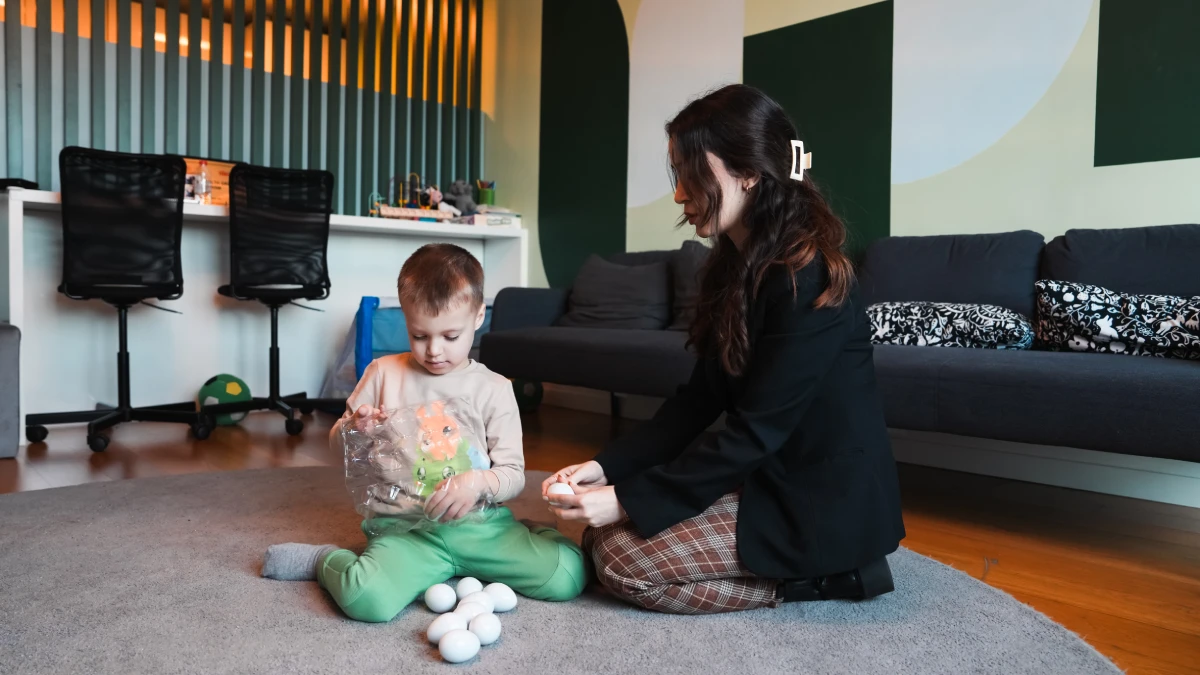Effective communication is essential in every family, but it becomes even more critical when raising a child with autism. Many parents struggle to connect with their child due to unique communication challenges. Fortunately, proven strategies and emerging treatments, such as Stem Cell Therapy for Autism, offer hope and improvement in interaction. This article explores practical techniques to foster better communication and highlights how modern therapies may help enhance cognitive function and social interaction.
Table of Contents
Best Strategies to Improve Communication with an Autistic Child
1. Use Visual Aids and Nonverbal Cues
Many autistic children process information better through visuals rather than spoken language. Picture schedules, communication boards, and visual storybooks help bridge the gap.
Why It Works?
- Reduces frustration by making expectations clear.
- Helps children express their needs effectively.
- Supports routine and structure, which many autistic children thrive on.
2. Practice Active Listening and Patience
Giving your child enough time to process information and respond is crucial. Avoid rushing them or completing their sentences.
Tips:
- Maintain eye contact at a comfortable level.
- Use short, clear sentences.
- Wait patiently for their response, even if it takes longer.
3. Encourage Alternative Forms of Communication
Not all autistic children communicate verbally. Some may prefer sign language, apps, or writing to express themselves.
Recommended Tools:
- Augmentative and Alternative Communication (AAC) devices
- PECS (Picture Exchange Communication System)
- Sign language basics
4. Incorporate Play and Shared Interests
Engaging in activities your child enjoys can strengthen your bond. Play therapy, interactive storytelling, and structured games encourage communication naturally.
Why It Works?
- Builds trust and connection.
- Reduces communication anxiety.
- Encourages spontaneous interaction.
5. Be Consistent and Predictable
Children with autism feel more secure when their environment is structured. Using consistent language, routines, and expectations fosters better communication.
Best Practices:
- Keep a daily schedule visible.
- Use repetitive phrases to reinforce learning.
- Provide clear instructions and avoid abstract language.

How Stem Cell Therapy for Autism Can Support Communication Development
While communication strategies significantly improve interactions, many parents also explore medical advancements like Stem Cell Therapy for Autism to enhance cognitive and neurological function.
Frequently Asked Questions About Stem Cell Therapy for Autism
1. How Effective is Stem Cell Therapy for Autism?
Clinical research and parent testimonials suggest improvements in speech development, cognitive function, and behavior, though results vary by individual.
2. What Are the Best Stem Cell Clinics for Autism?
Leading clinics in the U.S., Mexico, and Panama are conducting advanced treatments. Researching accredited clinics is crucial for safe and effective care.
3. What is the Cost of Stem Cell Therapy for Autism?
Costs range from $5,000 to $30,000, depending on the clinic and treatment protocol.
4. Are There Any Side Effects of Stem Cell Therapy for Autism?
Potential side effects include mild fever, headache, or minor allergic reactions. Always consult a medical professional before proceeding.
Final Thoughts
Enhancing communication with an autistic child requires patience, the right tools, and structured strategies. By combining these methods with cutting-edge treatments like Stem Cell Therapy for Autism, parents can help their children reach their full potential.
Would you like to learn more about Stem Cell Therapy Autism Clinical Trials or Stem Cell Therapy Success Stories Autism? Consult with a specialist today.

